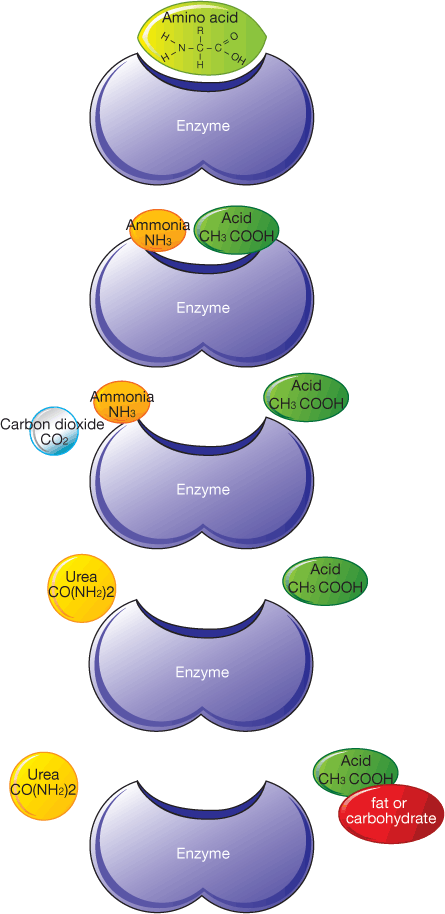Module 8 Intro
1. Module 8 Intro
1.41. Page 2
Module 8—Circulation, Immunity, and Excretion
 Explore
Explore
 Read
Read
The Problem of Wastes
Like any factory, the process of fabrication produces waste. Are you aware of all the types of wastes produced by the human body beyond the obvious ones?
You will have already learned that cellular respiration metabolizes glucose, resulting in carbon dioxide and water as the waste products. The respiratory system is the primary way that the body removes cellular respiration wastes (carbon dioxide and water). As protein is metabolized in the liver, toxic nitrogenous wastes such as ammonia, urea, and uric acid are produced. To avoid a buildup of these toxic wastes, mammalian vertebrates have evolved a complex excretory system.
Getting Rid of the Wastes from Proteins
Since the modern human diet is typically rich in protein, you often take in more protein than is required for growth and repair. Because of this excess, proteins are broken down, or metabolized, and transformed into carbohydrates or fats for energy storage. During protein metabolism, the amino group (NH2) from amino acids is removed by enzymes found in the liver. This process, called deamination, results in the formation of a toxic by-product called ammonia (NH3).
Ammonia is so toxic it cannot be stored for any time in the body; so, it must be converted into a less harmful form. This form is usually urea, which becomes a compound in urine. The formation of urea occurs when ammonia combines with carbon dioxide, also in the liver. Another nitrogenous waste that is formed primarily from the breakdown of certain nucleic acids is uric acid. Look at the series of graphics that show the creation of urea once an amino acid has been deaminated by an enzyme.
